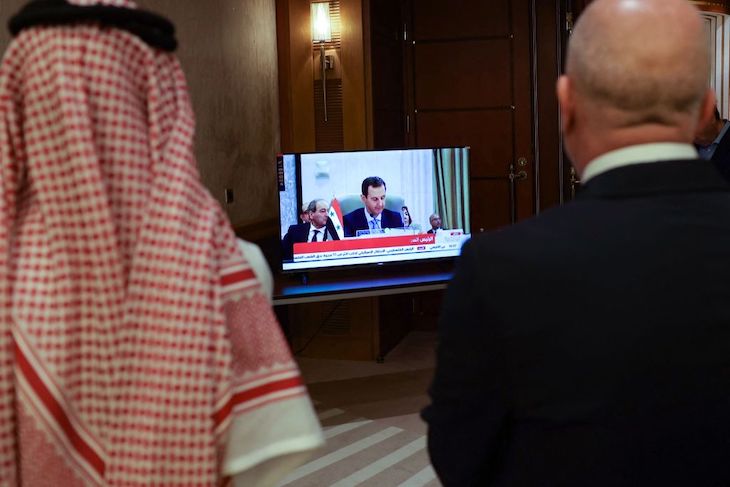In mid-May, Saudi Arabia welcomed Syrian regime leader Bashar al-Assad to the Kingdom ahead of an important meeting of the Arab League. Ukraine’s Volodymyr Zelensky was also welcomed and invited to the League meeting. The two leaders visiting the country at the same time symbolise Saudi Arabia’s increased role in regional and global diplomacy. Helping to bring Syria’s regime in from the cold can be seen as Riyadh’s willingness to confront western consensus on Syria, while hosting the Ukrainian leader looks like a way to show that the Middle East can play a role in a key conflict reshaping the world today.
Saudi Arabia has reinvented itself in the last few years. The country has been an important player in the Middle East and globally for many years, due to its economy and as a centre of Islamic influence, but it has faced challenges in the last decade. Riyadh intervened in Yemen in 2015 and increasingly found itself under threat from the Iranian-backed Houthis.

Britain’s best politics newsletters
You get two free articles each week when you sign up to The Spectator’s emails.
Already a subscriber? Log in






Comments
Join the debate for just £1 a month
Be part of the conversation with other Spectator readers by getting your first three months for £3.
UNLOCK ACCESS Just £1 a monthAlready a subscriber? Log in